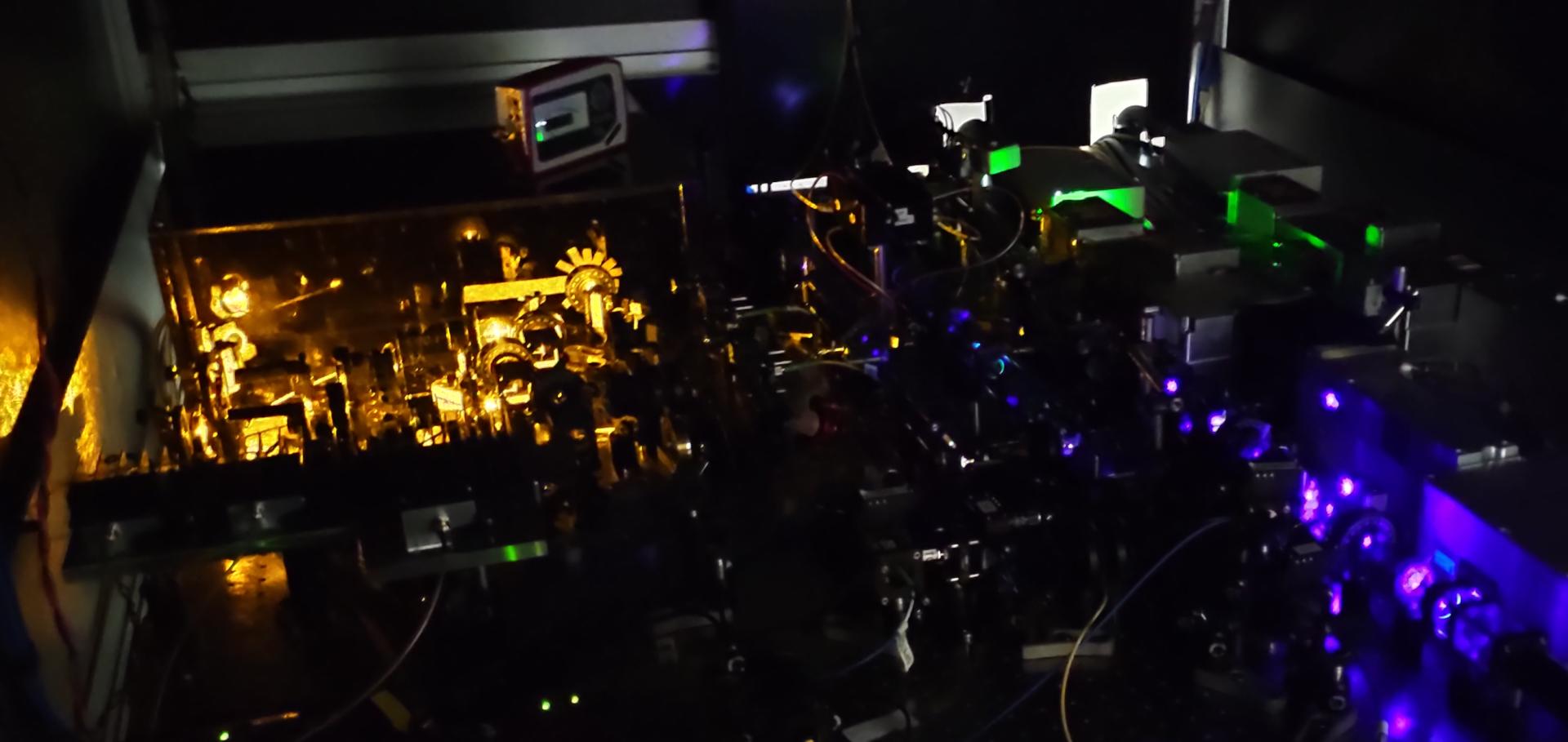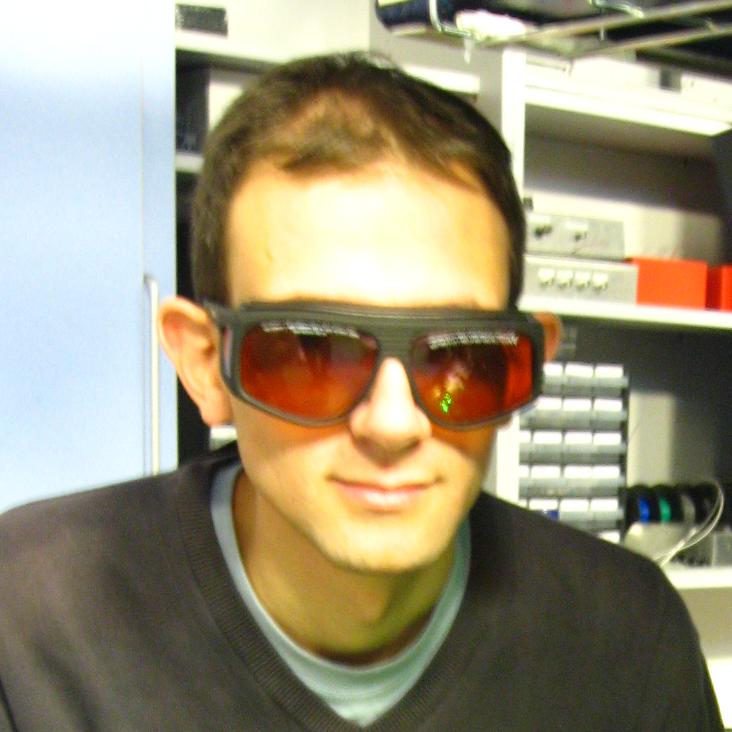Synthetic dissipation and cascade fluxes in a turbulent quantum gas
Science (2019)
Abstract:
Scale-invariant fluxes are the defining property of turbulent cascades, but their direct measurement is a challenging experimental problem. Here we perform such a measurement for a direct energy cascade in a turbulent quantum gas. Using a time-periodic force, we inject energy at a large lengthscale and generate a cascade in a uniformly-trapped three-dimensional Bose gas. The adjustable trap depth provides a high-momentum cutoff kD, which realizes a synthetic dissipation scale. This gives us direct access to the particle flux across a momentum shell of radius kD, and the tunability of kD allows for a clear demonstration of the zeroth law of turbulence. Moreover, our time-resolved measurements give unique access to the pre-steady-state dynamics, when the cascade front propagates in momentum space.Can three-body recombination purify a quantum gas?
Physical Review Letters American Physical Society (2019)
Abstract:
Three-body recombination in quantum gases is traditionally associated with heating, but it was recently found that it can also cool the gas. We show thatin a partially condensed three-dimensional homogeneous Bose gas three-body loss could even purify the sample, that is, reduce the entropy per particle and increase the condensed fraction $\eta$. We predict that the evolution of $\eta$ under continuous three-body loss can, depending on small changes in the initial conditions, exhibit two qualitatively different behaviours - if it is initially above a certain critical value, $\eta$ increases further, whereas clouds with lower initial $\eta$ evolve towards a thermal gas. These dynamical effects should be observable under realistic experimental conditions.From single-particle excitations to sound waves in a box-trapped atomic Bose-Einstein condensate
Physical Review A American Physical Society (APS) 99:2 (2019) 021601
From single-particle excitations to sound waves in a box-trapped atomic BEC
Physical Review A American Physical Society 99 (2019) 021601(R)


